The challenge:
Glanbia is an Ireland-based nutrition company that has grown significantly to have a global presence. Glanbia Performance Nutrition (GPN) has a portfolio of leading brands in sports and lifestyle nutrition, including Optimum Nutrition, SlimFast and Isopure, which are sold in more than 100 markets worldwide.
GPN’s Executive Leadership Team (ELT) wanted to better understand data from its 2021 Employee Engagement Survey to make sure employee voices were heard with a view to maximising engagement and adapting to their teams’ changing needs.
The ELT had identified Wellbeing, Belonging and Barriers to Execution as three focus themes from the survey. Any subsequent data gathering needed to build on the survey foundation already laid, not introduce another employee survey – which could risk survey fatigue.
Off the back of facilitating Highly Effective Teams (H.E.T.) journeys with GPN’s ELT and international/regional teams, Leading Edge were well placed to collaborate with sister company Performance Edge to generate contextual insight and to support with follow-up H.E.T. journeys and the creation of immediate actions in pursuit of GPN’s engagement goals.
Performance Edge are experts in accessing and deploying the human intelligence that drives sustainable high performance. In their experience, people want to talk, so through debriefing and decompression interviews, employees were to be given more of an opportunity to be open about how things are for them and to feel an increased sense of engagement.



